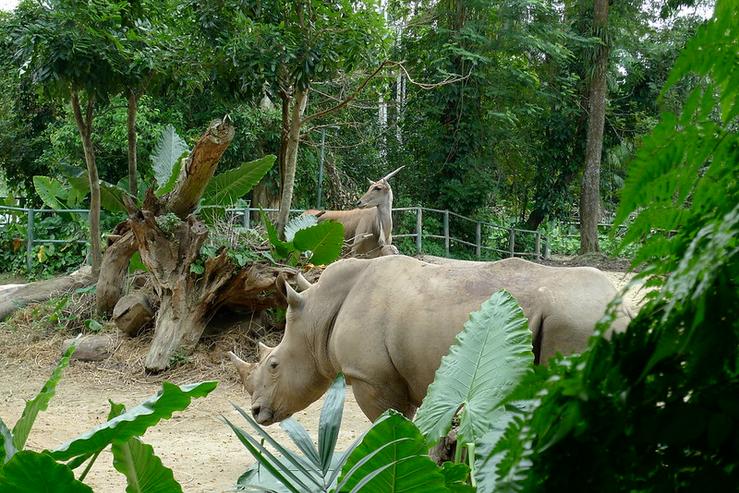The News
The Kenyan government began an extensive rhino relocation project this week, and plans to move 21 of the critically endangered species to a new home in Central Kenya.
The nation’s rhino population is slowly rebounding after extensive conservation efforts. There are nearly 1,000 black rhinos in Kenya, up from a low of below 300 following a poaching crisis in the mid-1980s.
SIGNALS
Previous relocation effort had deadly outcome
In 2018, Kenya’s attempt to relocate 11 black rhinos ended in disaster, with every single animal selected for relocation dying shortly after they arrived at the sanctuary. Ten died of stress, dehydration, and salt poisoning because the water in their new preserve had a higher salinity than they were used to, investigations found. The surviving rhino was later killed by lions. Despite the massive risk relocating the animals presented, organizers with the 2018 project still viewed it as worthwhile: “Black rhinos are under enormous threat so efforts to try and better protect them, such as translocations, are crucial for future generations,” WWF Kenya CEO Mohamed Awer said at the time.
Removing rhino horns takes away poaching risk — at a cost to their social life
In an attempt to stop poaching, conservationists have taken to preemptively removing the rhinos horns. That has proven effective, but comes with major issues: The removals put conservation staff at risk, and the horns regrow within 24 months, meaning they’ll need to be removed again. There is also a social impact on the rhinos, research has found. Rhinos who have been subject to horn removals reduce their roaming range, and interact less socially with other rhinos. Horn removal, therefore, “may by be an indirect form of domestication,” Phys.org noted.
The last two remaining northern white rhinos are aging females unable to reproduce
Kenya is home to the last two remaining northern white rhinos on earth. Both are females, meaning it is impossible for them to produce any offspring that would keep their population alive. Attempts are being made by scientists to implant surrogate northern white rhino embryos into their southern cousins, but neither surviving female is able to carry a pregnancy to term due to their advanced ages. Conservationists working with the surviving rhinos have dedicated themselves to sharing their story on social media. “Extinction is a very distant thing for people,” caretaker James Mwenda told The New York Times Magazine in 2021. “So you have to turn extinction into a story — a story in which people can see themselves.”



